Introduction by Jessica Sperdute
Edited by Matt Lamanna
With 22 million specimens housed at Carnegie Museum of Natural History (CMNH) and nearly 10,000 on display at any given time, chances are you’ve seen a dinosaur or two during your museum visits. But have you ever wondered how those dinosaurs get to the museum after they’re found? Or how we know where to dig for them in the first place?
What is a Fossil?
Fossils are the remains of animals, plants, and other ancient life that have been preserved in rock layers, or sediment. Fossils can include things such as leaves, skin, feathers, hair, footprints, and, most commonly, hard material such as wood, shells, teeth, and bones. Even poop can be fossilized! Many kinds of fossils are rare, and studying them can help us understand how the world looked tens of thousands or even millions of years before our time. Scientists who study fossils are known as paleontologists.
Looking at the Layers
Paleontologists use many tools to help them find fossils, but the key to knowing where fossils may be hidden underground lies with rocks—massive layers of rocks, called strata, are piled onto one another over time. These layers of different rocks can tell us not only what type of rock the layer is made of, but also approximately how old the layer is. The study of rock layers is called stratigraphy, and paleontologists use it to find potential fossil beds. For instance, if a paleontologist is looking specifically for fossils of dinosaurs, they would use stratigraphy to locate exposed layers of sedimentary rocks that formed at the time when dinosaurs lived and died—the Mesozoic Era. Once rocks from the Mesozoic Era are found in a location, the paleontologist goes to that location to hunt for fossils.
Big Prospects
Finding the right type of strata is only half the work of finding fossils; once paleontologists arrive at the field site, they need to physically walk around and search for clues that fossils may be around or underneath them. This is called prospecting, and the best place to prospect is usually at the base of a hill. Wind and rain will erode or gradually wear away rocks, allowing some fossils to break loose from higher sediments and roll downhill. If a fossil fragment is found, the team can then search the area to see if there may be other, more complete fossils—oftentimes higher up the hill and still embedded in rock.
Once prospecting has yielded an area where a fossil is likely to buried, the team can begin to block out the site and start digging. They use a wide variety of tools—even household items like paintbrushes, shovels, and hammers—to uncover fossils without damaging them. Records are taken of this step-by-step process to ensure all the data, from the precise location of the dig site, to the type of fossils found and their spatial relationships to one another, and even the measurements of the quarry, is kept for further study.
Safety First
The team has found a fossil, dug it up, and recorded the data. Now what? Once a fossil has been carefully excavated, it needs to be protected. Most fossils are delicate, so to transport them, especially larger ones, paleontologists use a method called plaster jacketing to protect them. First, they wrap the fossil in soft material such as paper towels, toilet paper, or aluminum foil to cover it. Then they wrap the covered fossil in strips of burlap that have been soaked in liquid plaster. This method is like using a cast on broken bones. After the plaster hardens, it acts as a shield. When the fossil has been safely transported and is ready to be studied or put on display at a place like Carnegie Museum, the paleontologist can gently cut away the plaster without damaging the fossil inside.
Paleontologist Photos
Dr. Matt Lamanna, Mary R. Dawson Associate Curator of Vertebrate Paleontology here at CMNH, has shared some of his favorite photos of his work at previous fossil dig sites. Look at the photos—do you recognize some of the locations, the tools that Dr. Lamanna is using, or the fossils that he’s digging up?
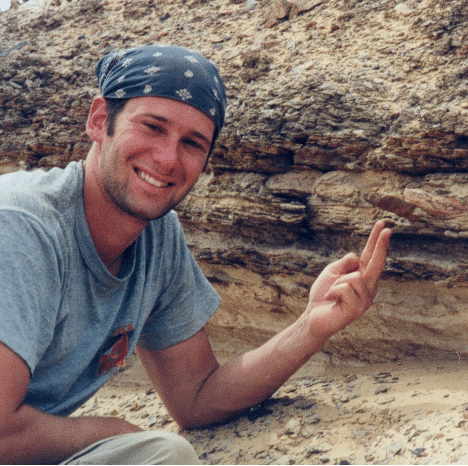
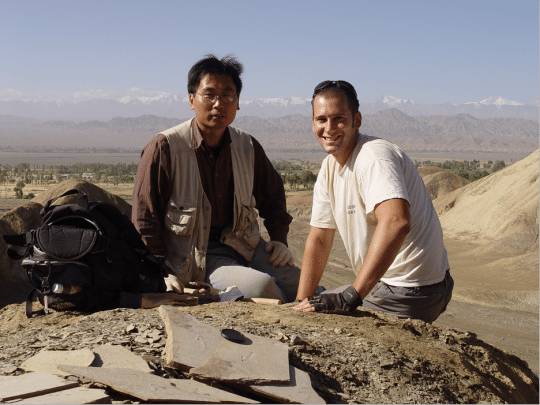
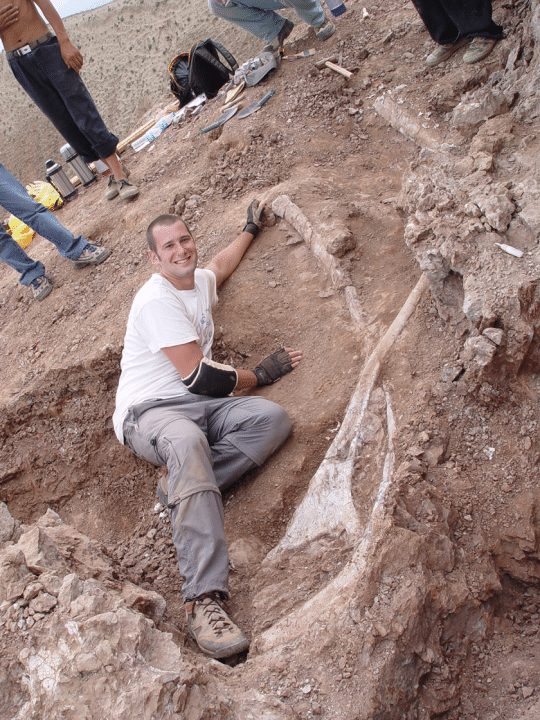
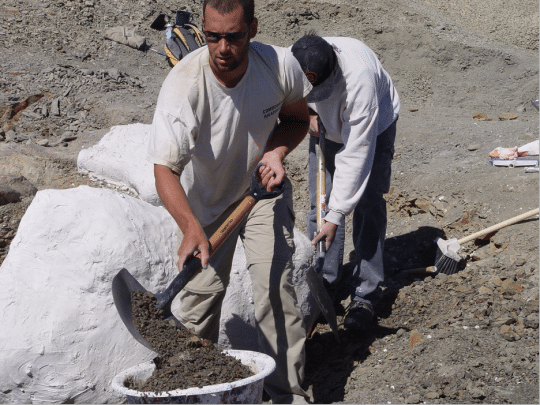
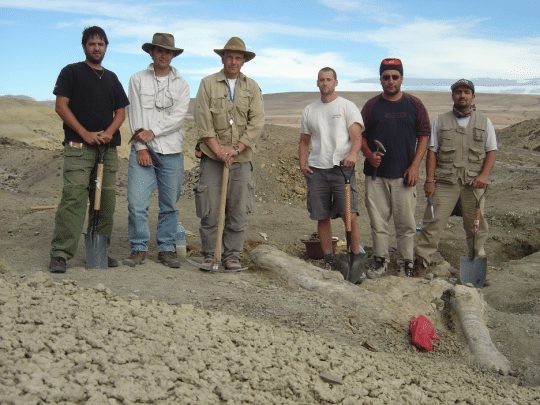
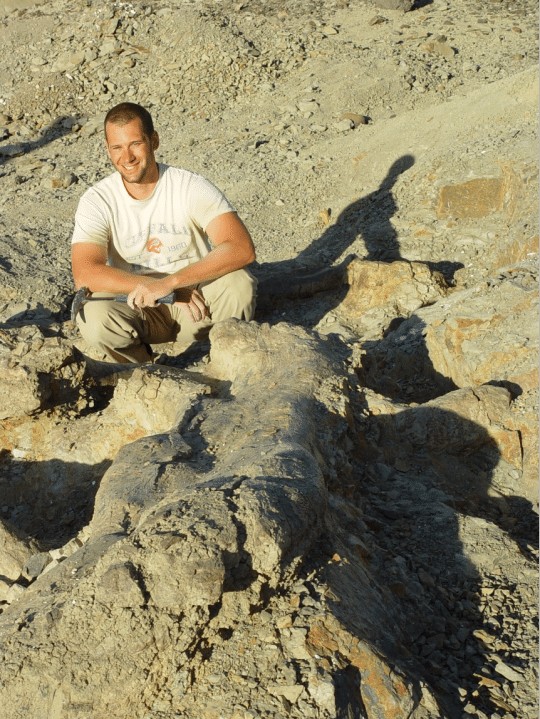
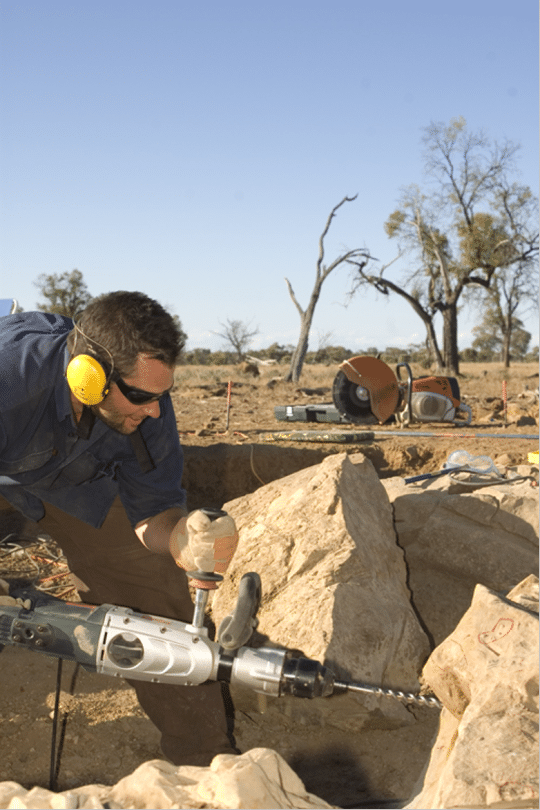
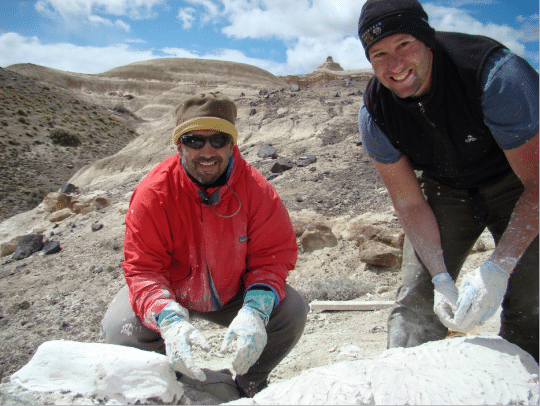
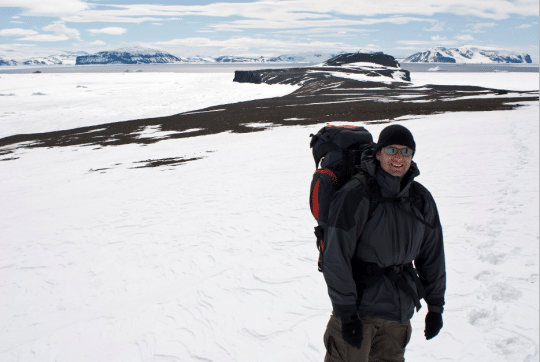

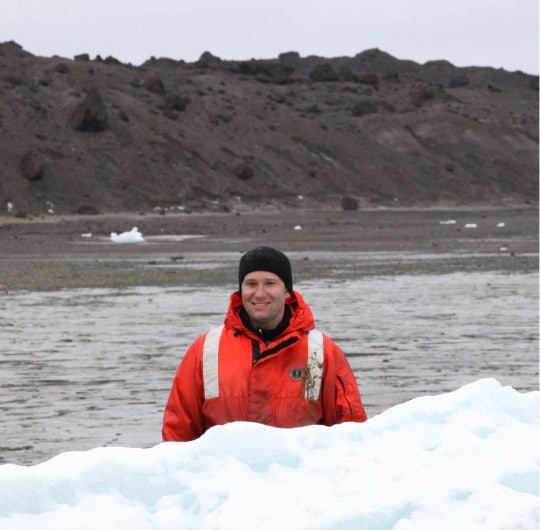
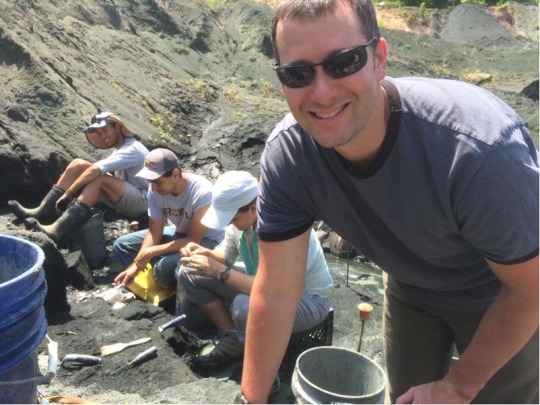
Jessica Sperdute is a Gallery Presenter II Floor Captain and Lead Animal Husbandry Specialist in CMNH’s Lifelong Learning Department. Museum staff, volunteers, and interns are encouraged to blog about their unique experiences and knowledge gained from working at the museum.
Related Content
The Strange Saga of Spinosaurus, the Semiaquatic Dinosaurian Superpredator
